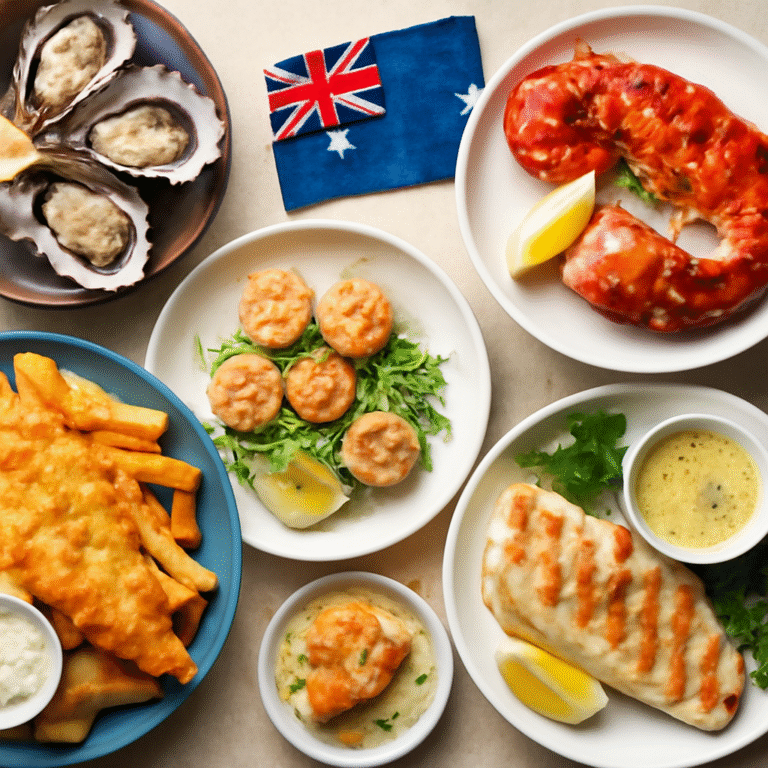Australia, the land of kangaroos and koalas, is also home to a rich and diverse culinary heritage. The country’s unique blend of indigenous ingredients, multicultural influences, and modern techniques has shaped a distinct food culture that sets it apart from the rest of the world. From the coastal seafood to the bush tucker (traditional food of Indigenous Australians), Australian cuisine offers a remarkable array of flavors that reflect its history and geography.
One of the standout aspects of Australian food is the use of native ingredients. Bush tucker includes foods that have been traditionally used by Indigenous Australians for thousands of years. Examples include kangaroo meat, bush tomatoes, wattleseed, and finger limes. Kangaroo meat is particularly popular due to its lean quality and strong flavor. It can be found in various dishes, from steaks to sausages. Wattleseed, a type of seed from Australian acacia trees, is often ground into flour and used in baking, providing a nutty, coffee-like taste.
Seafood also plays a prominent role in Australian cuisine, especially in coastal regions. The Great Barrier Reef and Australia’s vast coastline provide an abundance of fresh fish and shellfish. Popular seafood dishes include the iconic Australian fish and chips, which pairs crispy battered fish with golden fries, and Moreton Bay bugs, a type of shellfish that is often grilled or served in a creamy garlic sauce.
Another significant influence on Australian food is its multicultural society. Waves of immigration from Europe, Asia, and other parts of the world have brought with them diverse culinary traditions, all of which have contributed to the nation’s food scene. Italian, Greek, Chinese, and Vietnamese cuisines are all prominent in Australia, and they have been adapted to local tastes and ingredients. For example, the Australian version of pizza often features unique toppings such as beetroot, pineapple, and even eggs.
Australians have also developed their own take on certain foods, leading to beloved dishes like the meat pie, a pastry filled with minced meat and gravy, often accompanied by peas and mashed potatoes. The Aussie BBQ is another tradition that has been embraced across the country, where families and friends gather around the grill to cook sausages, steaks, and seafood.
The culture of dining in Australia is also centered around socializing and enjoying good food. The Australian café culture, particularly in cities like Melbourne, has become world-famous. Brunch, a meal that blends breakfast and lunch, is a staple of Australian cuisine, with dishes like avocado toast, eggs benedict, and flat whites gaining international popularity. These cafes often feature locally sourced ingredients, showcasing the country’s commitment to fresh, sustainable produce.
Australia is also known for its wine regions, which produce some of the world’s finest wines. The Barossa Valley in South Australia and the Hunter Valley in New South Wales are just two examples of regions renowned for their vineyards. Australian wines are often paired with dishes like grilled meats, seafood, and strong cheeses, providing a perfect balance of flavors.
Australia’s food scene is as diverse and dynamic as its population, with a unique blend of indigenous ingredients, multicultural influences, and modern culinary techniques. The next time you find yourself in Australia, be sure to explore the wide range of flavors and dishes that define the nation’s culinary identity.








